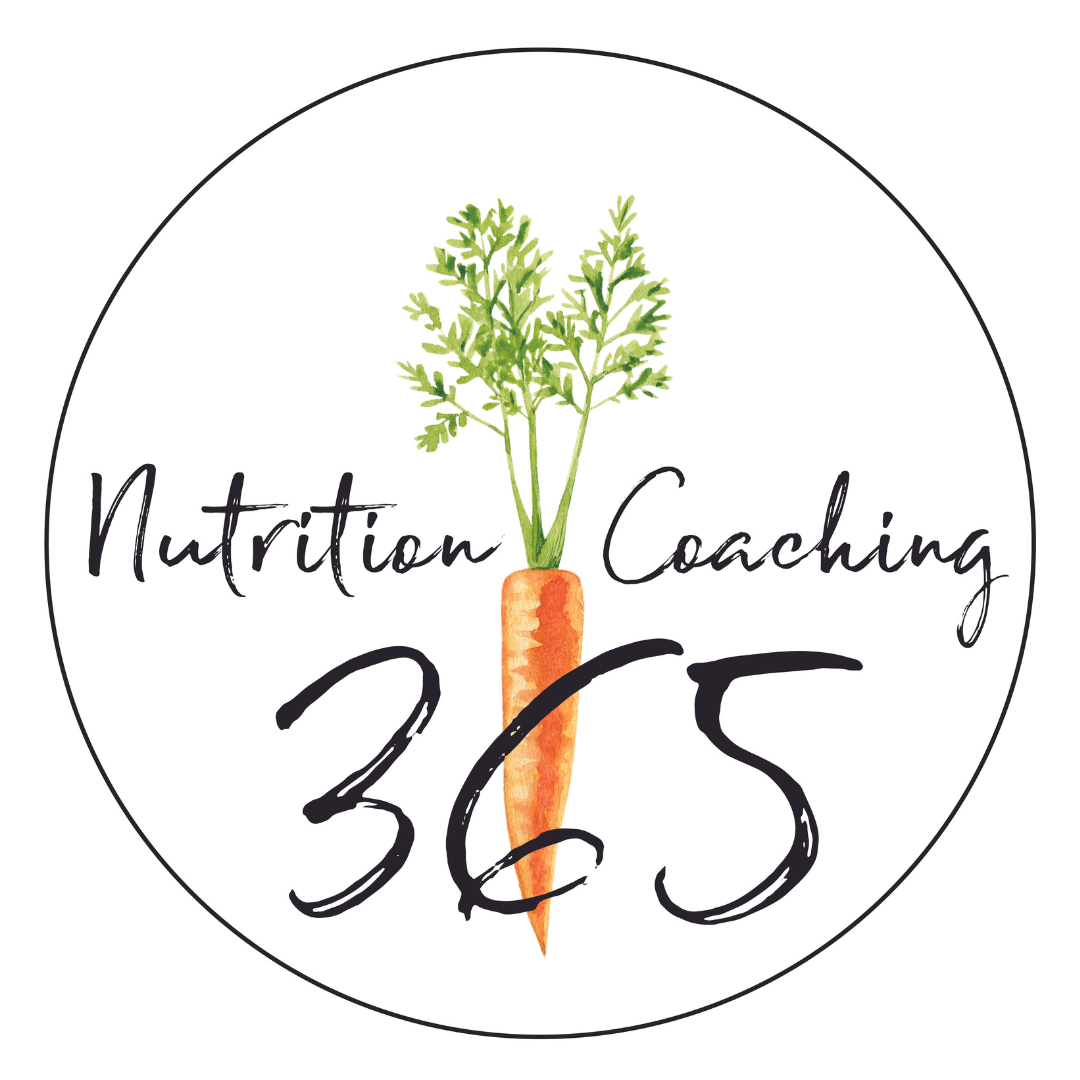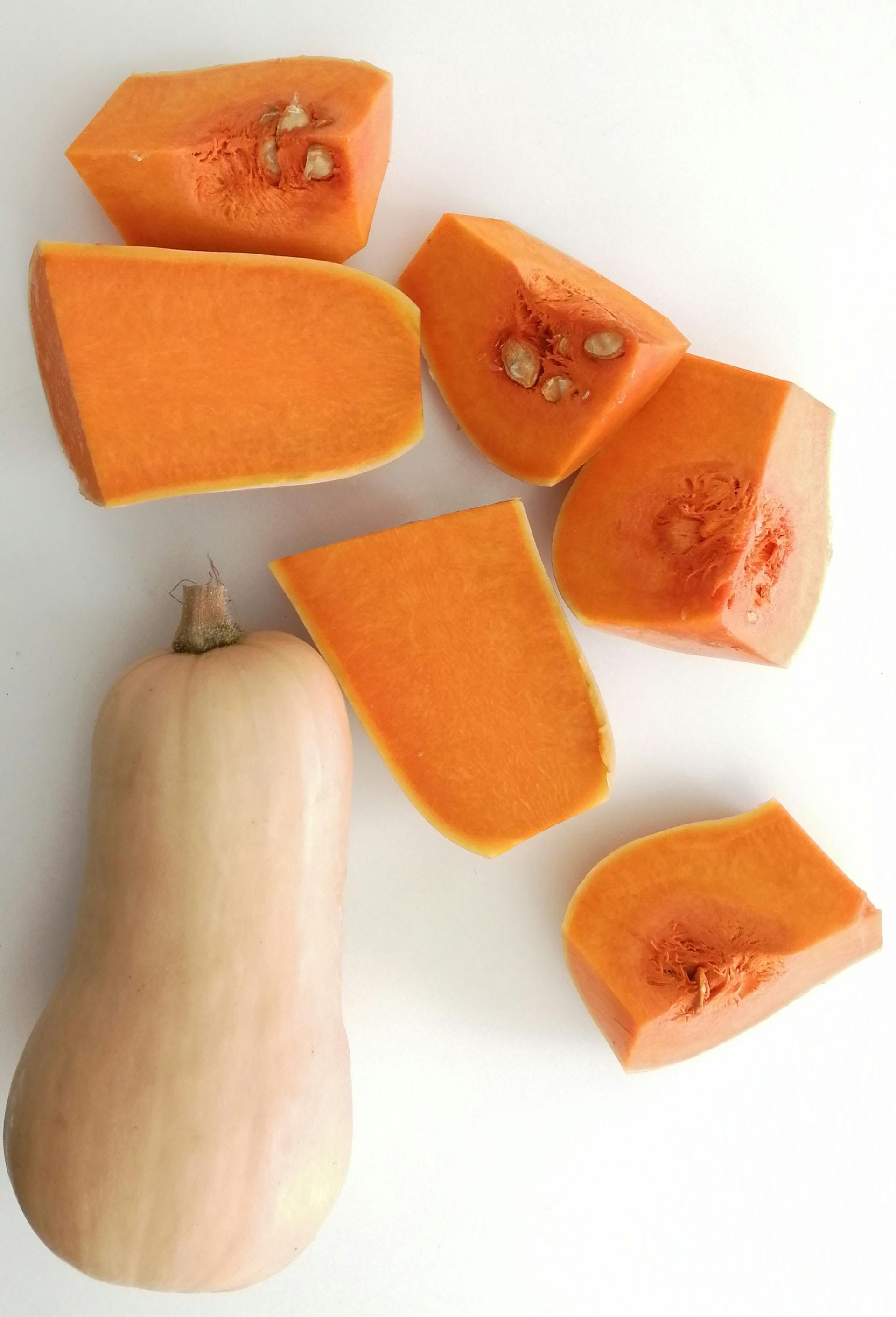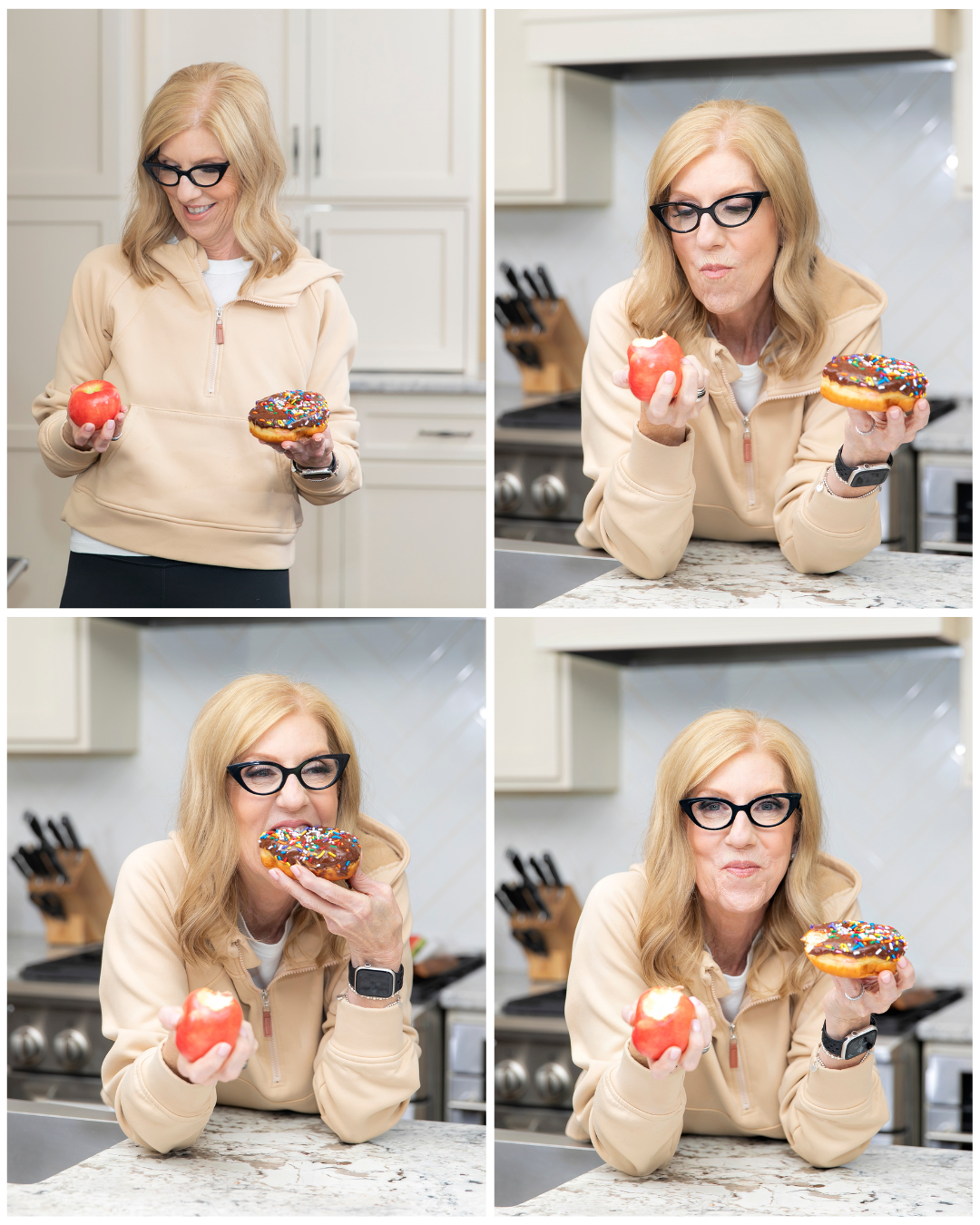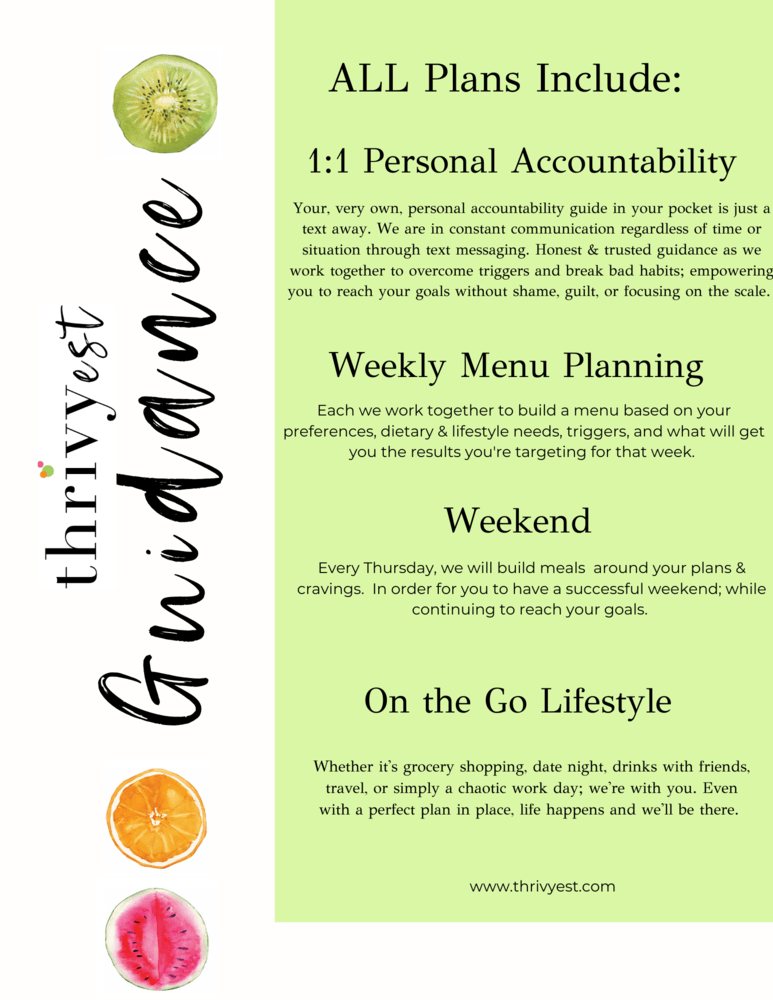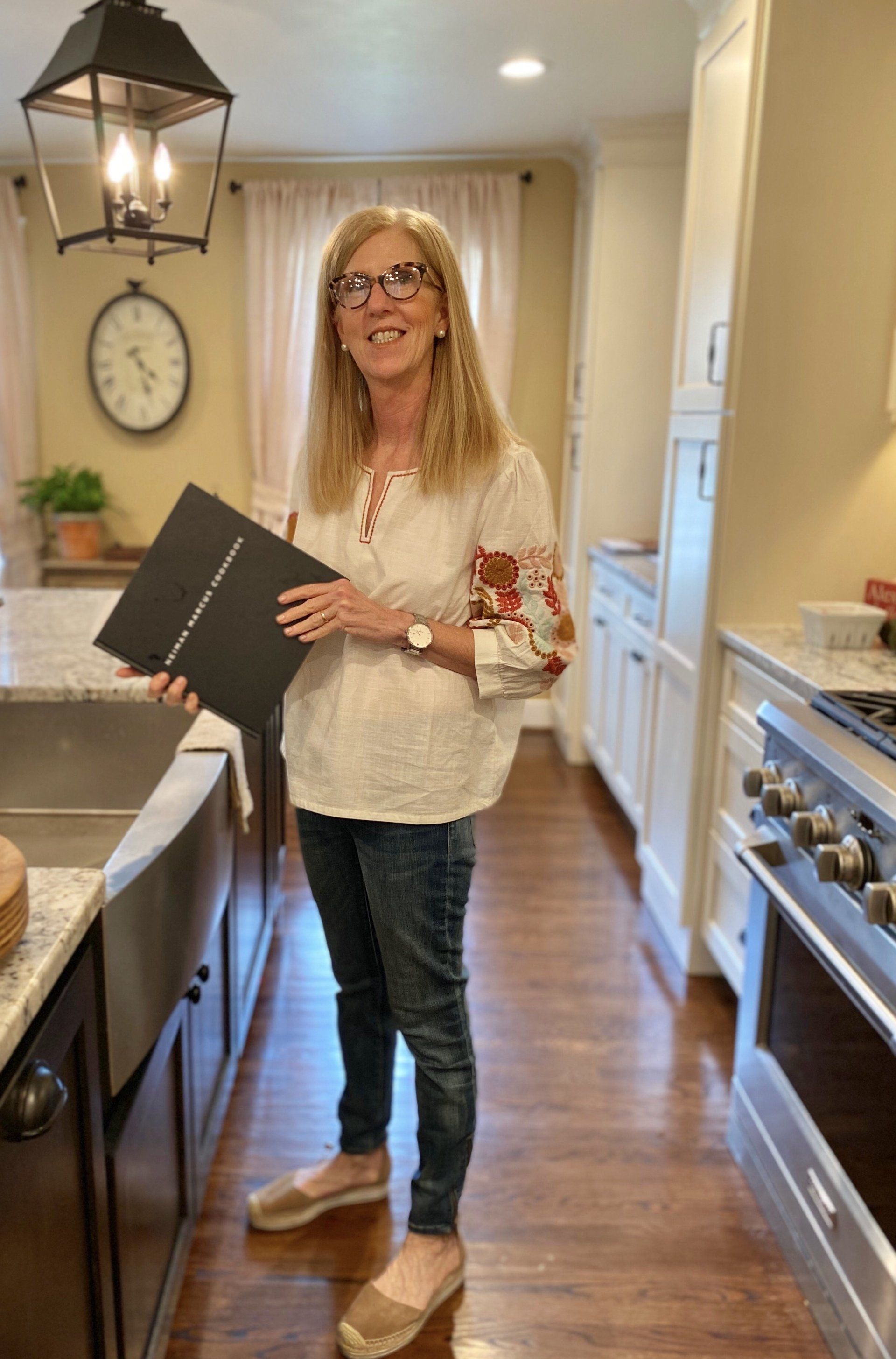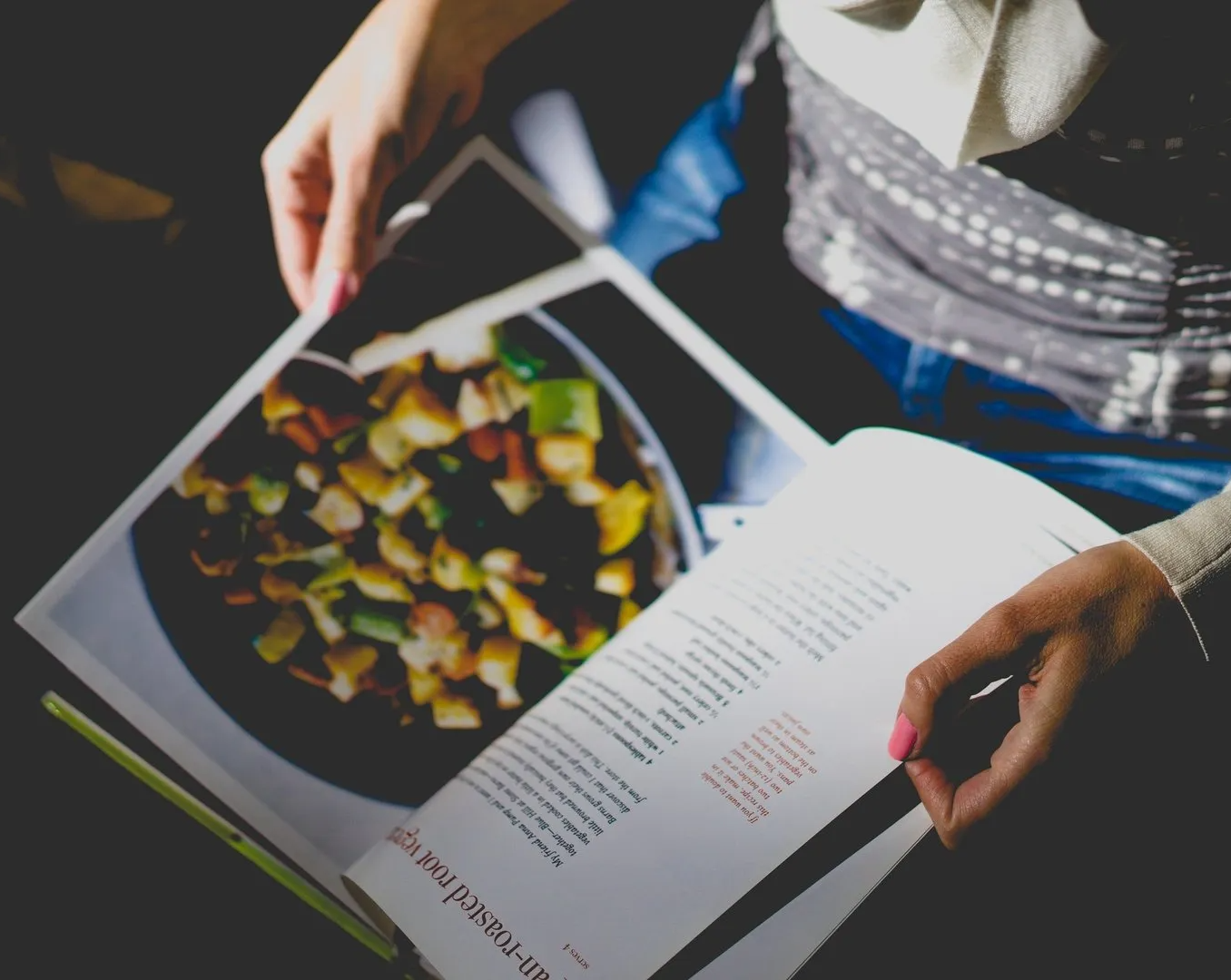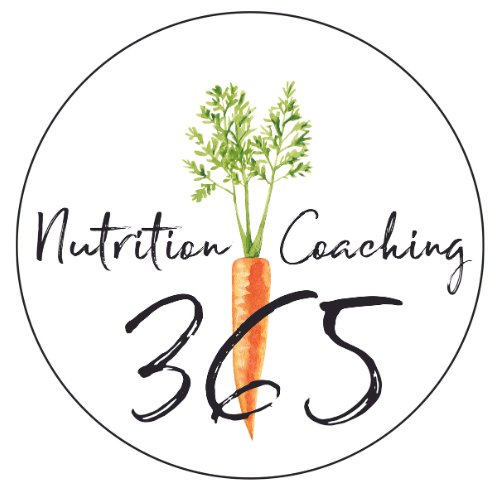Navigating Weekends and Social Events Without Derailing Weight Loss Progress
Mastering the Art of Balance: Enjoy Social Life Without Compromising Your Weight Loss Journey
Weekends and social events often present a unique set of challenges for anyone on a weight loss journey. The temptation to indulge in delicious foods, the presence of alcoholic beverages, and the overall festive atmosphere can make it hard to stick to your diet and exercise regimen. However, with the right strategies focusing on planning and portion control, you can enjoy these moments without compromising your progress. This blog post will explore practical tips and tactics to help you navigate weekends and social events, ensuring you stay on track with your weight loss goals.
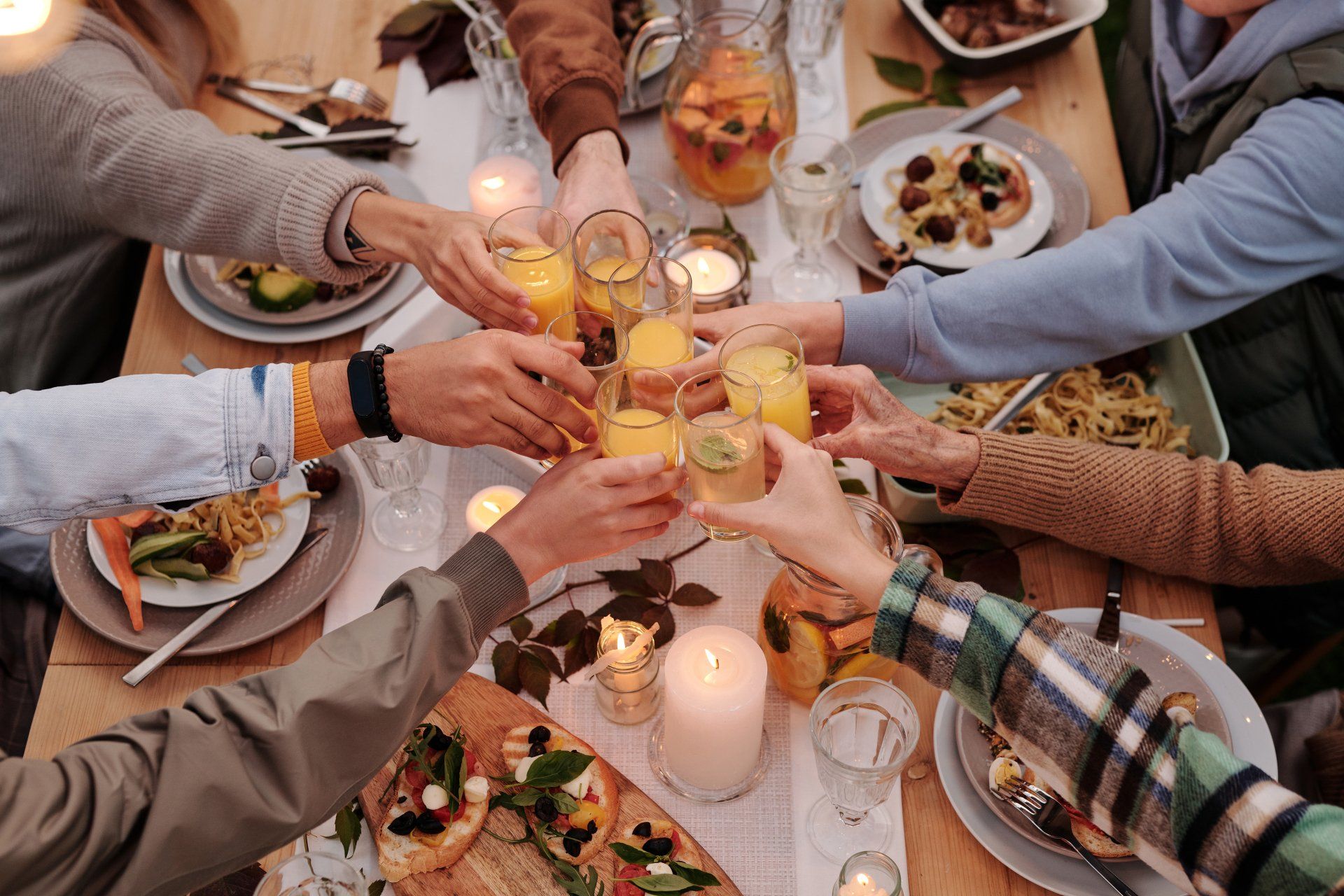
Planning Ahead: The Key to Success
Pre-Event Strategies
Preparation is your best defense against overindulgence. Before attending any event, have a plan in place. Start by eating a healthy snack to avoid arriving hungry, which can lead to poor food choices. If possible, check the menu in advance and decide what you'll eat. This pre-planning prevents decision fatigue and helps you stay committed to healthier options. Also, set personal limits for yourself, especially regarding alcoholic beverages, which are often high in calories.
Staying Hydrated
Drinking water before and during the event is another simple yet effective strategy. It helps control hunger, making you less likely to overeat. Plus, staying hydrated can often be mistaken for hunger, so keep a water bottle handy.
Making Smart Choices at Social Events
Prioritize Vegetables and Lean Proteins
Once at the event, fill at least half of your plate with vegetables. They're not only nutritious but also low in calories, allowing you to fill up without feeling guilty. Lean proteins are another excellent choice; they keep you feeling full longer, helping you resist the urge to snack on less healthy options.
Mindful of Hidden Calories
Be cautious of foods with hidden calories, such as those in sauces, dips, and dressings. These can quickly add up, turning a healthy meal into a calorie bomb. When in doubt, opt for items with simple, whole ingredients.
Enjoy Treats in Moderation
Deprivation can lead to binging, so allow yourself a small portion of your favorite treat. This approach lets you enjoy the best of both worlds without feeling restricted. Remember, moderation is key.
Portion Control: Your Secret Weapon
Using Smaller Plates
One of the simplest tricks to control portions is to use a smaller plate. It's an effective way to naturally reduce the amount of food you consume without feeling deprived. Our eyes often dictate our appetite, and a smaller plate full of food is more satisfying than a large plate that's half empty.
Eating Slowly
Take your time to chew and enjoy each bite. Eating slowly allows your brain to catch up with your stomach, reducing the risk of overeating. Plus, it makes the dining experience more enjoyable.
Sharing is Caring
When it comes to desserts or high-calorie dishes, consider sharing with someone. This way, you can still taste what you like without going overboard.
Avoid Mindless Eating
Stay mindful of what and how much you're eating. It's easy to lose track of consumption when you're distracted by conversations or activities. Make a conscious effort to listen to your body's hunger and fullness cues.
Balancing Enjoyment and Goals
Incorporating Physical Activity
Weekends and social gatherings are excellent opportunities to incorporate some fun physical activities. Whether it's dancing at a party, playing a game of frisbee, or going for a post-meal walk, find ways to stay active. These activities not only burn calories but also improve your mood and overall well-being.
Practicing Forgiveness
If you happen to overindulge, don't be too hard on yourself. Guilt can lead to further unhealthy eating behaviors. Acknowledge the slip-up, learn from it, and move on. Remember, progress is about consistency, not perfection.
Celebrating Non-Food Victories
Lastly, focus on non-food-related achievements. Whether it's sticking to your workout schedule, choosing water over soda, or simply enjoying the company of friends and family without overindulging, recognize and celebrate these victories. They are just as important as the numbers on the scale.
Wrapping It Up
Navigating weekends and social events while trying to lose weight doesn't have to feel like torture. With proper planning, smart food choices, portion control, and a balanced mindset, you can enjoy these moments without derailing your progress. Remember, the goal is to create a sustainable lifestyle that allows for flexibility and enjoyment. By implementing these strategies, you'll be able to maintain your weight loss journey and enjoy your social life, too.
YOU ARE CAPABLE OF LIVING YOUR HEALTHIEST & HAPPIEST LIFE.
If you’re looking to create healthy habits to gain more energy, improve your sleep + shed a few pounds, you’ve landed in the right place.
Recent Posts
Meet Emily
I love encouraging + inspiring others to reach their healthiest lives through food, fitness + gratitude. As a holistic nutritionist + the founder of Thrivyest, I am passionate about creating habits to help you to live longer + thrive. To thrive in body, mind + soul through personalized, simple + practical steps ensuring you gain more energy, clarity + confidence! Let's connect!
